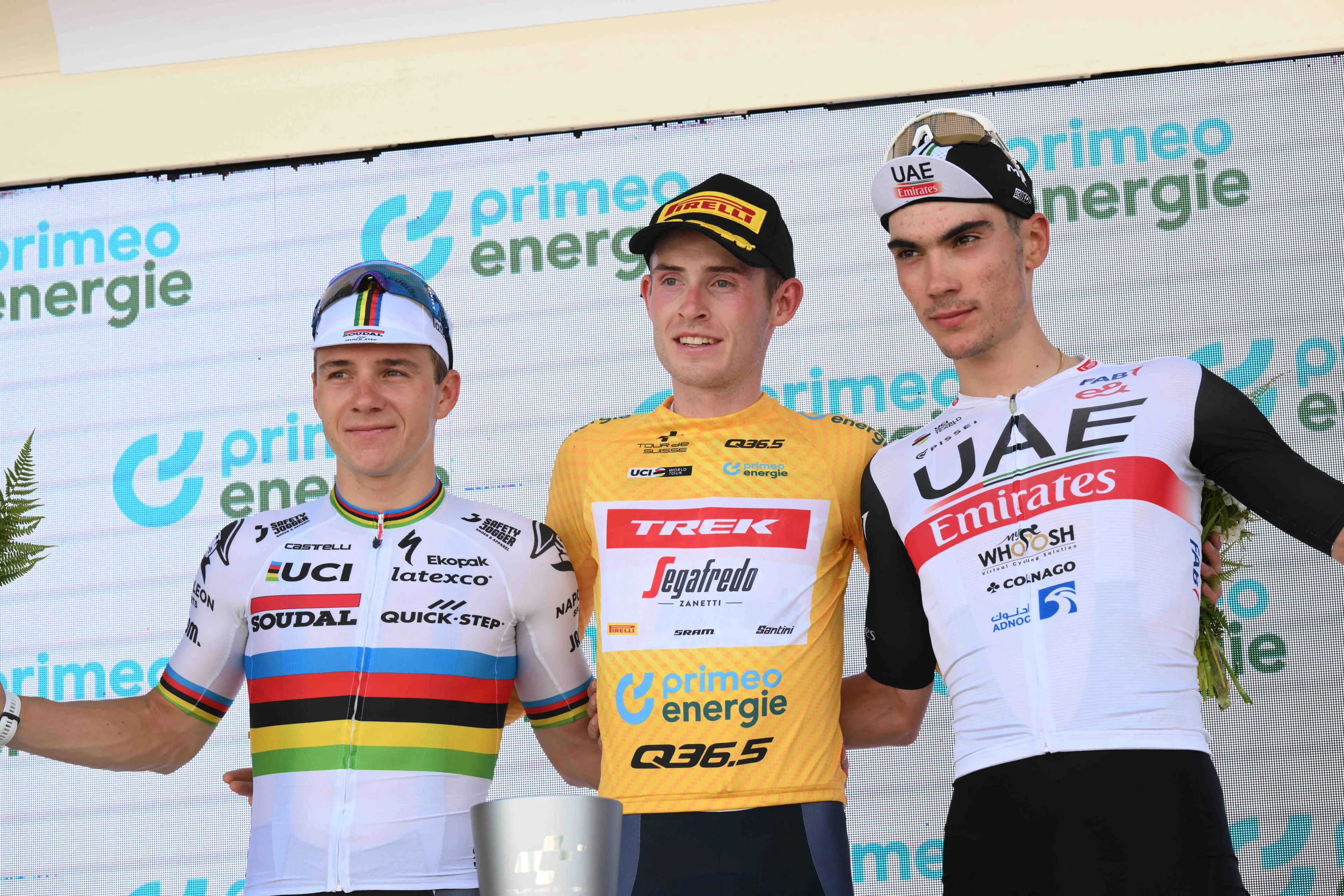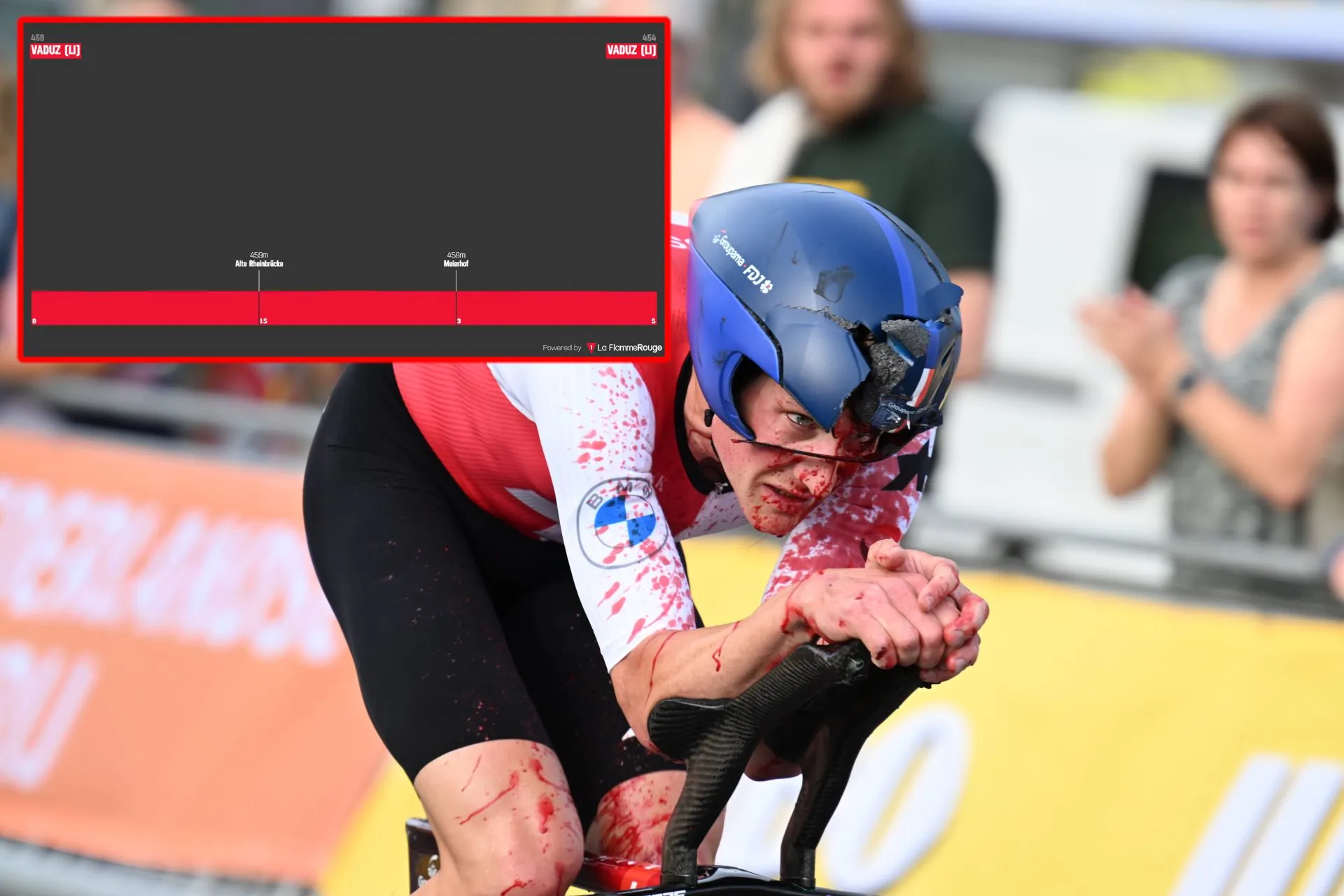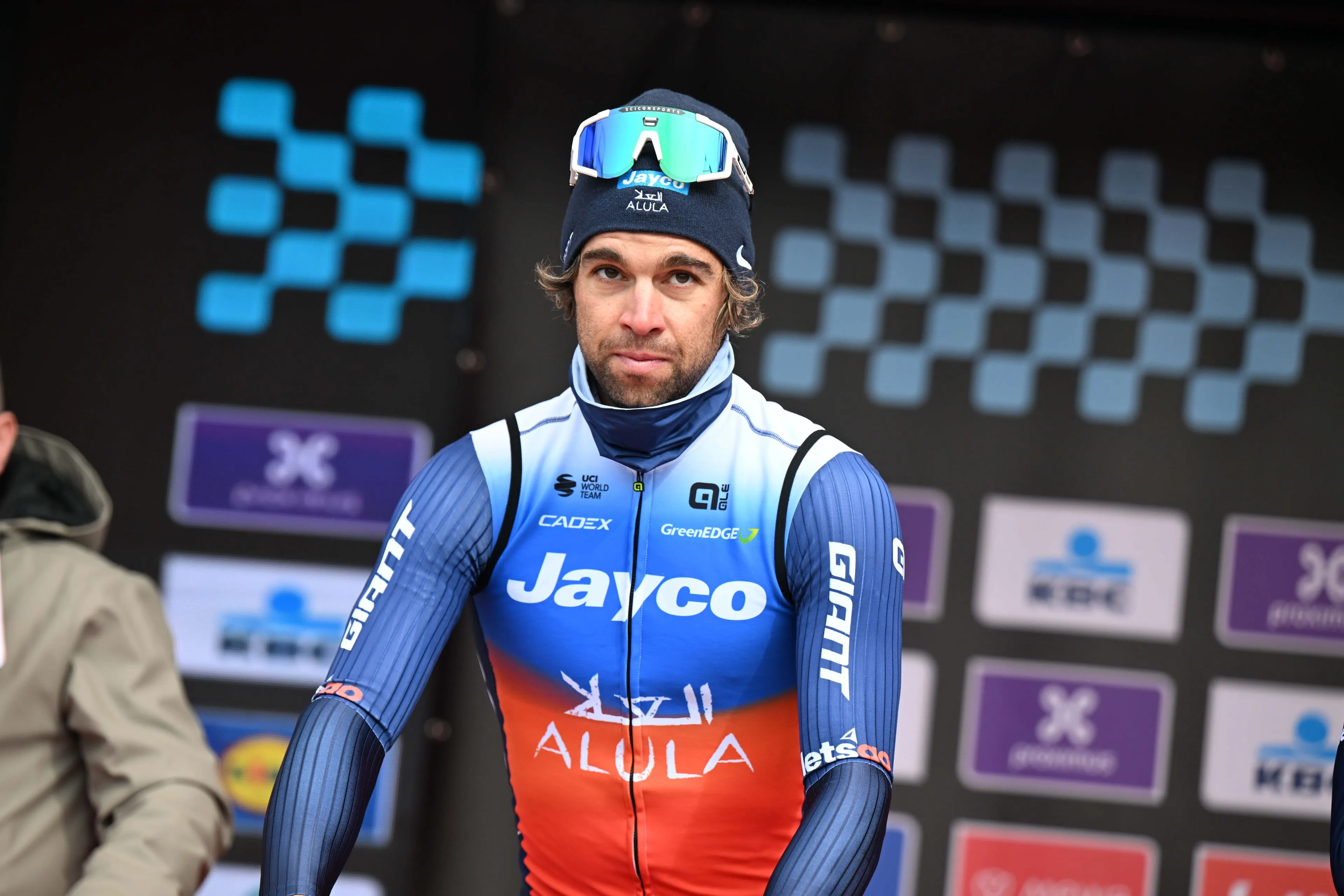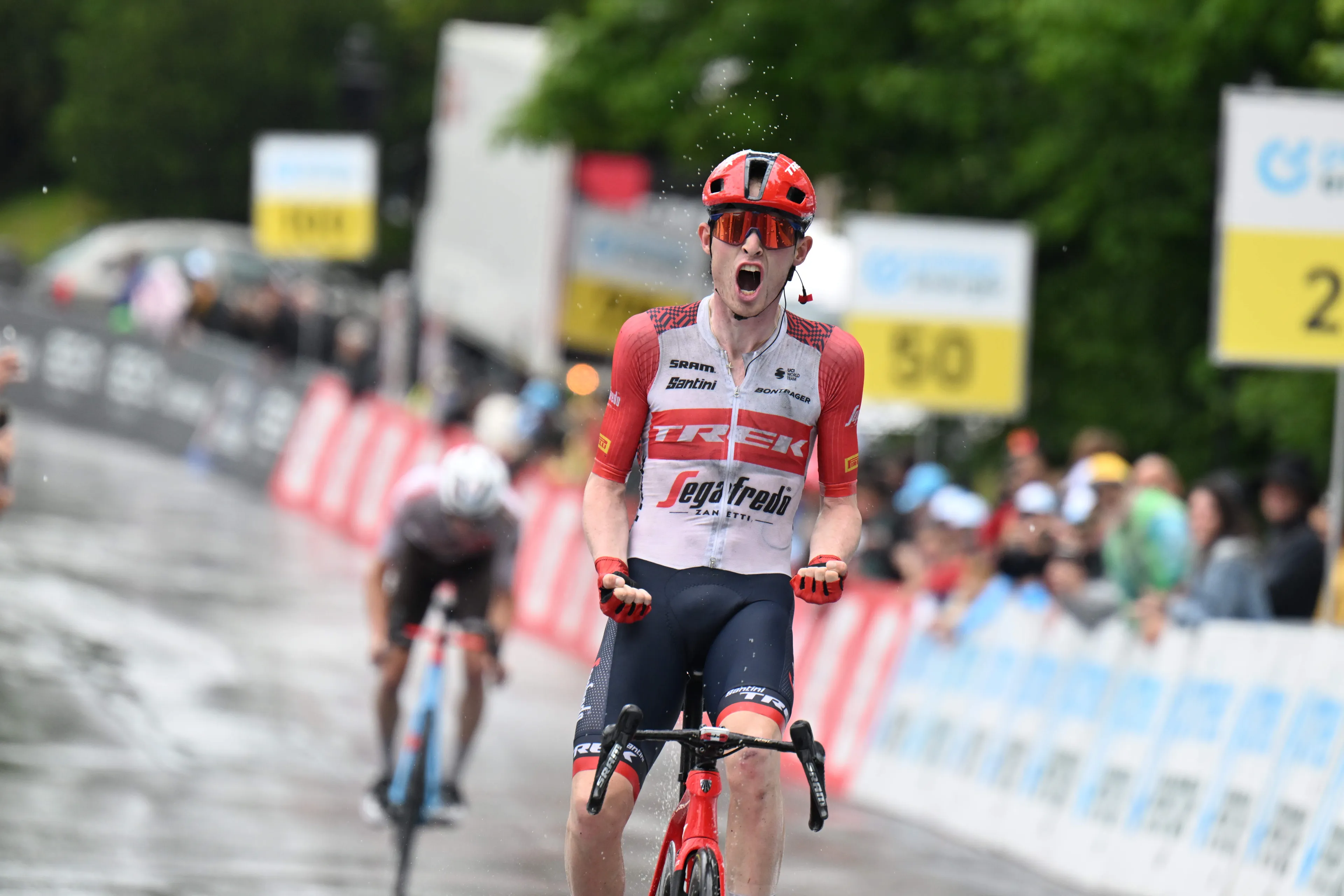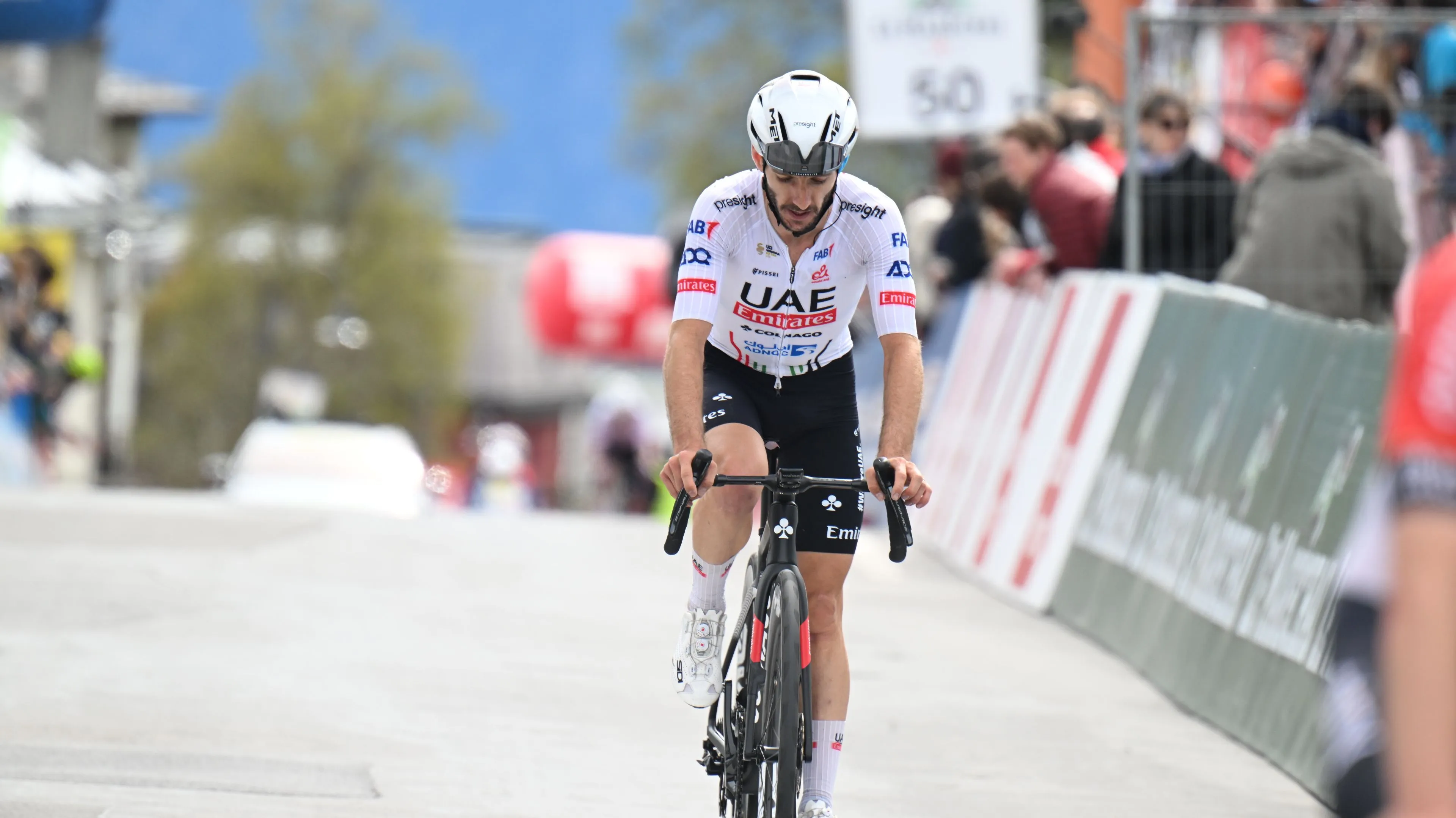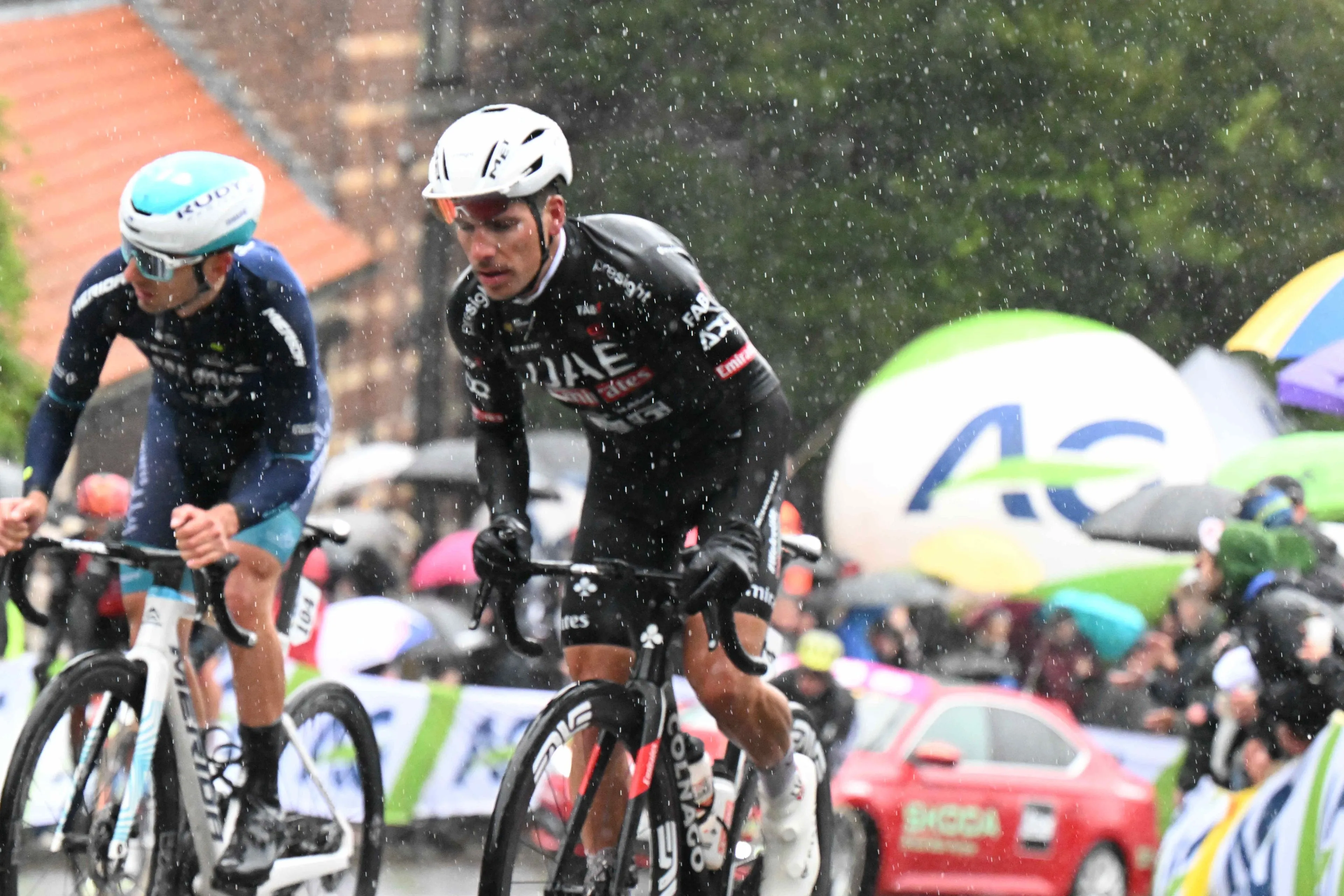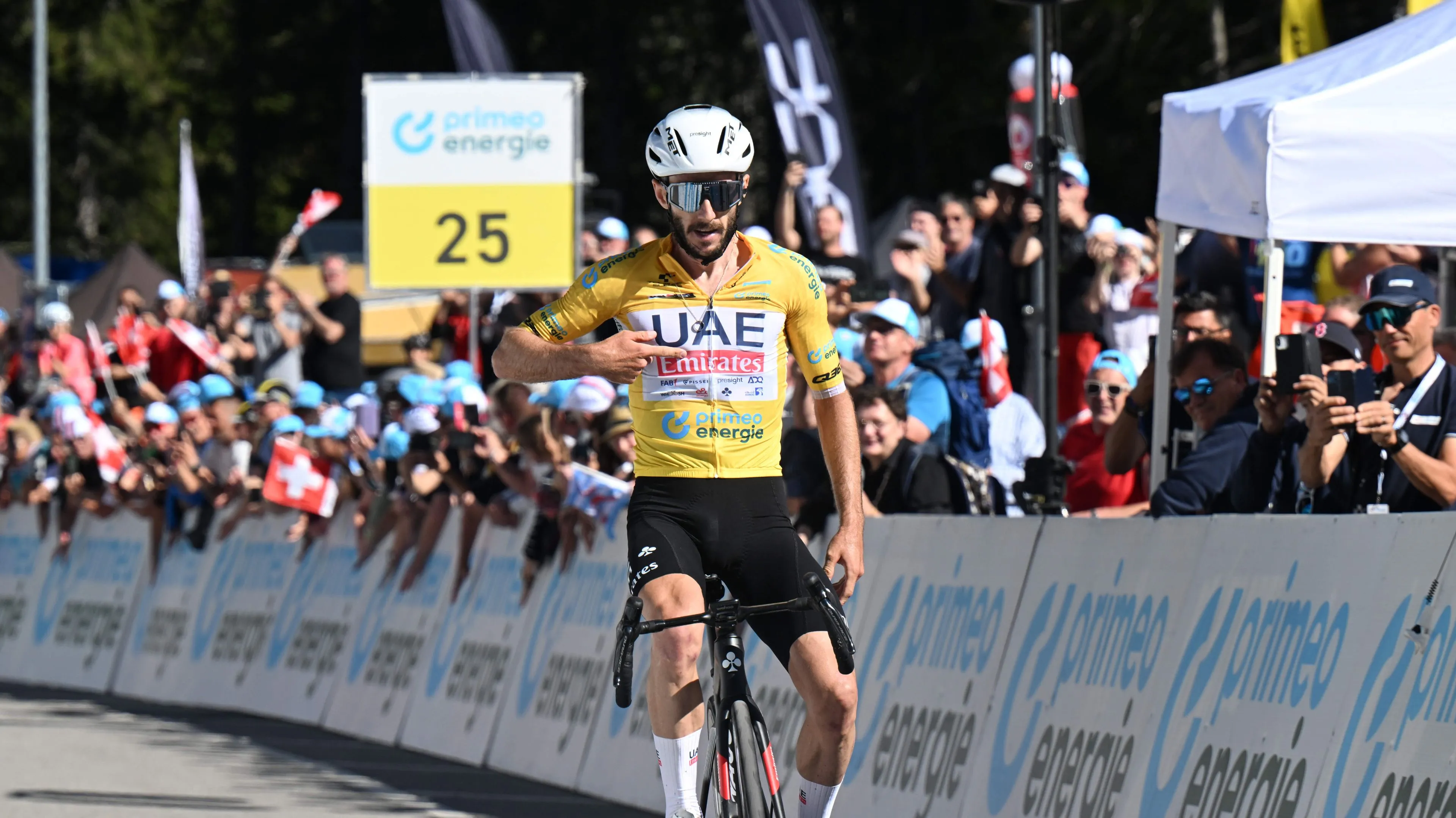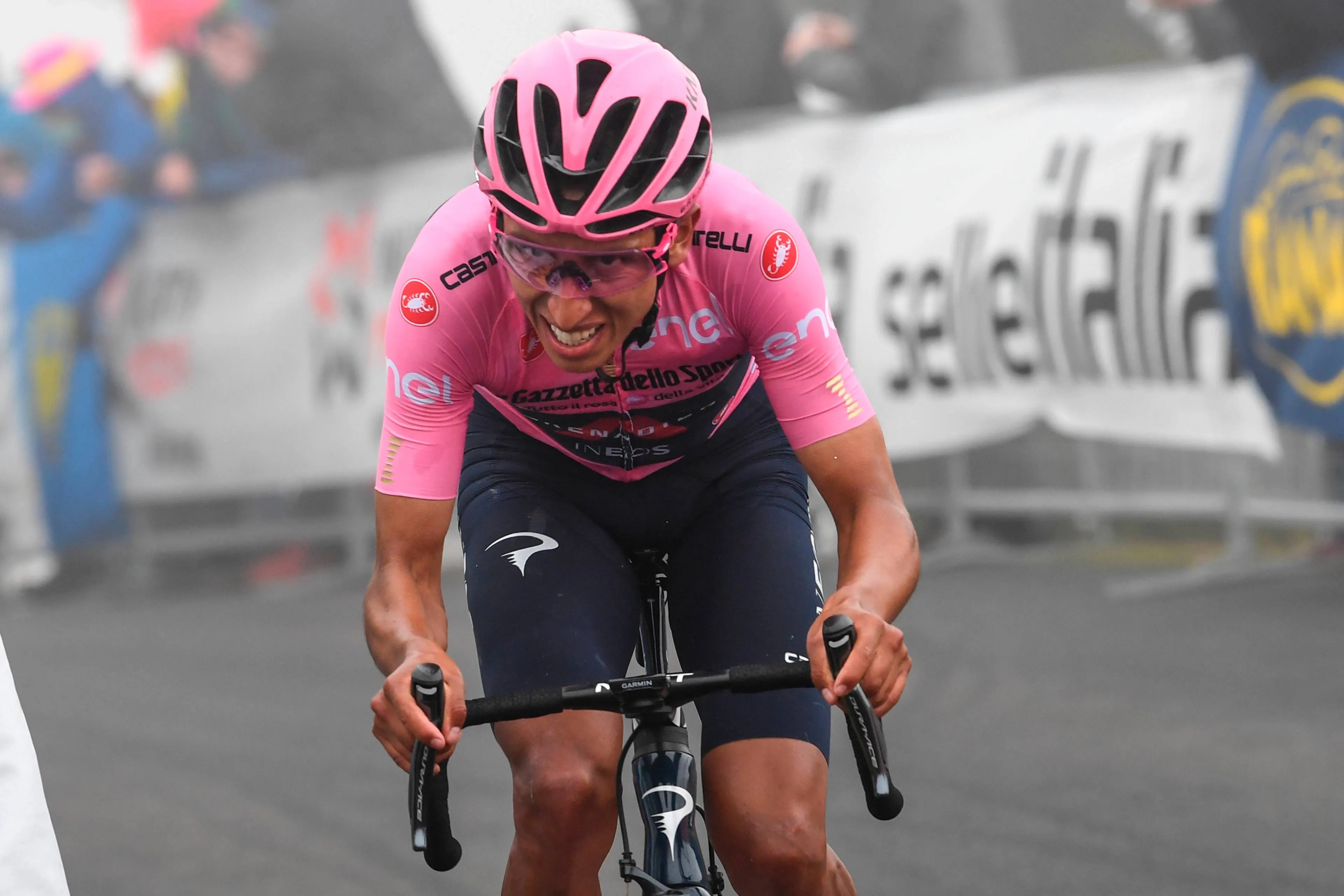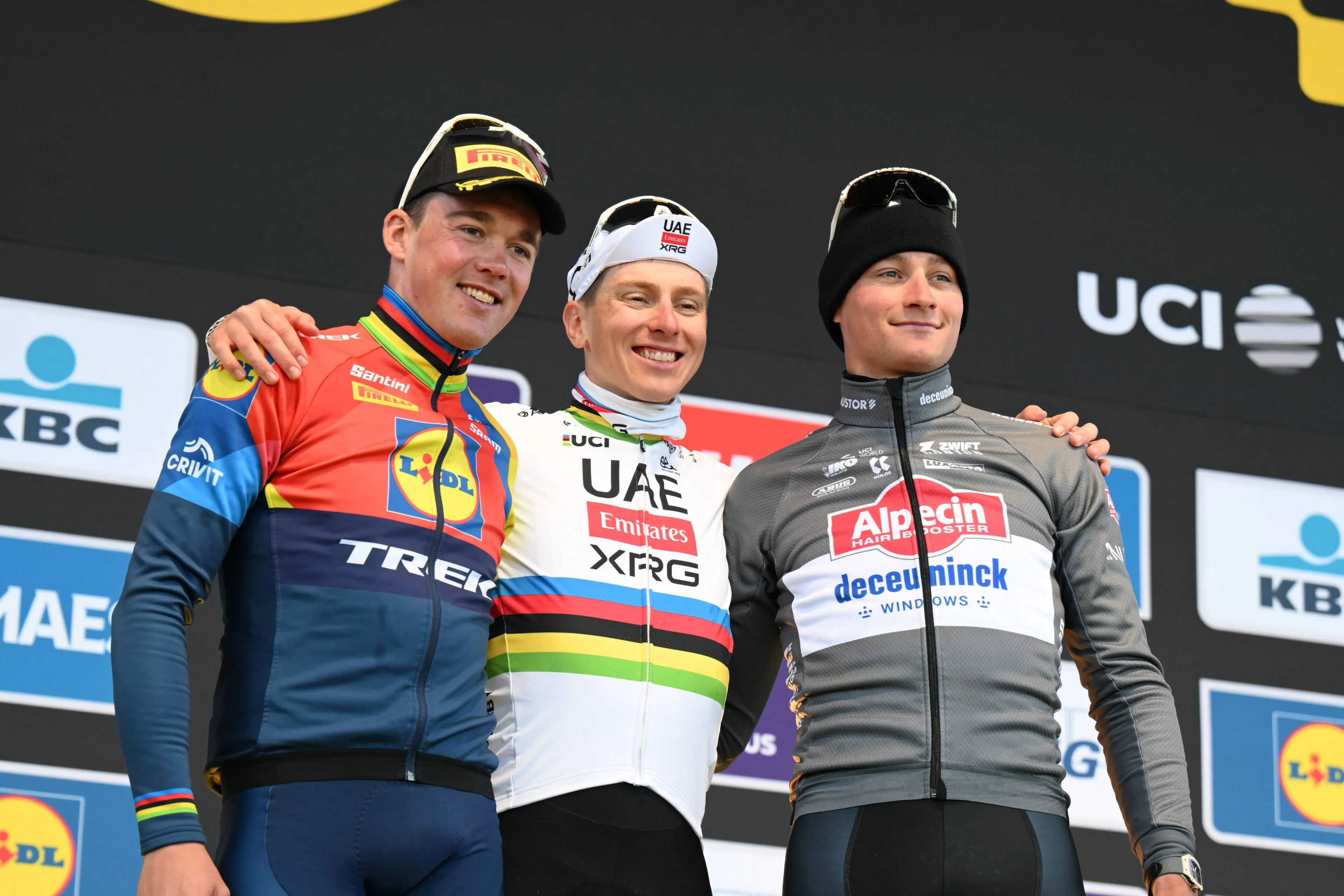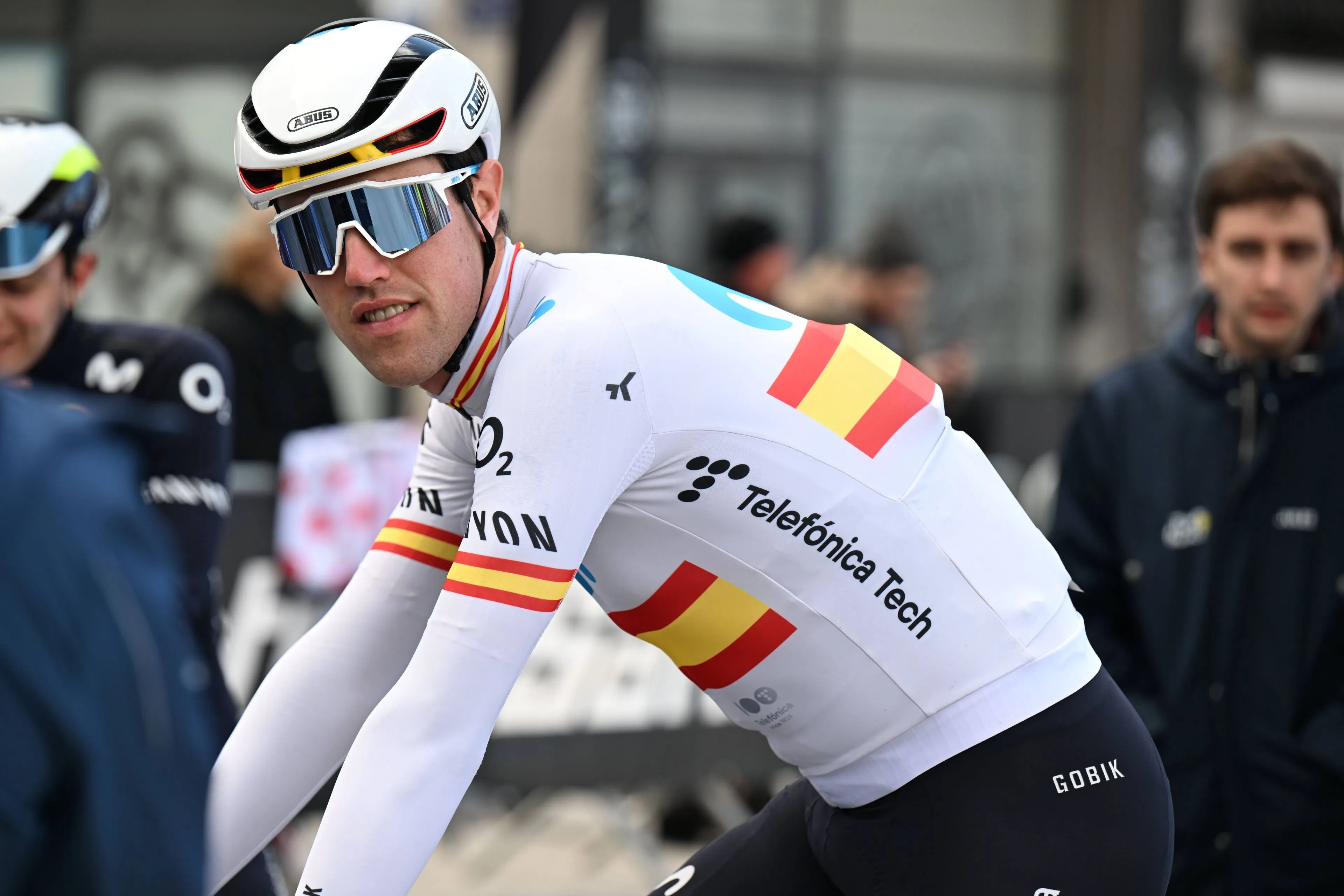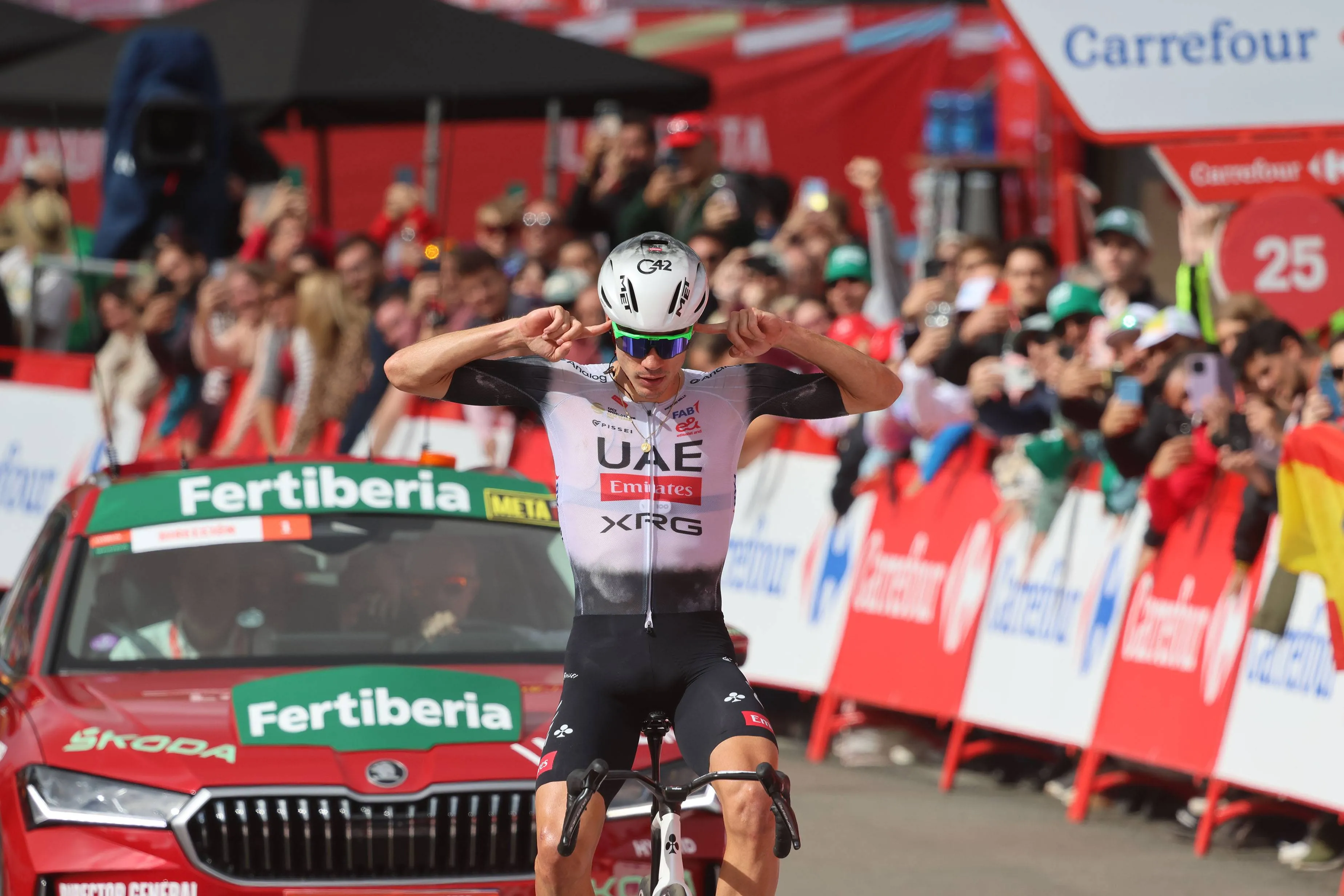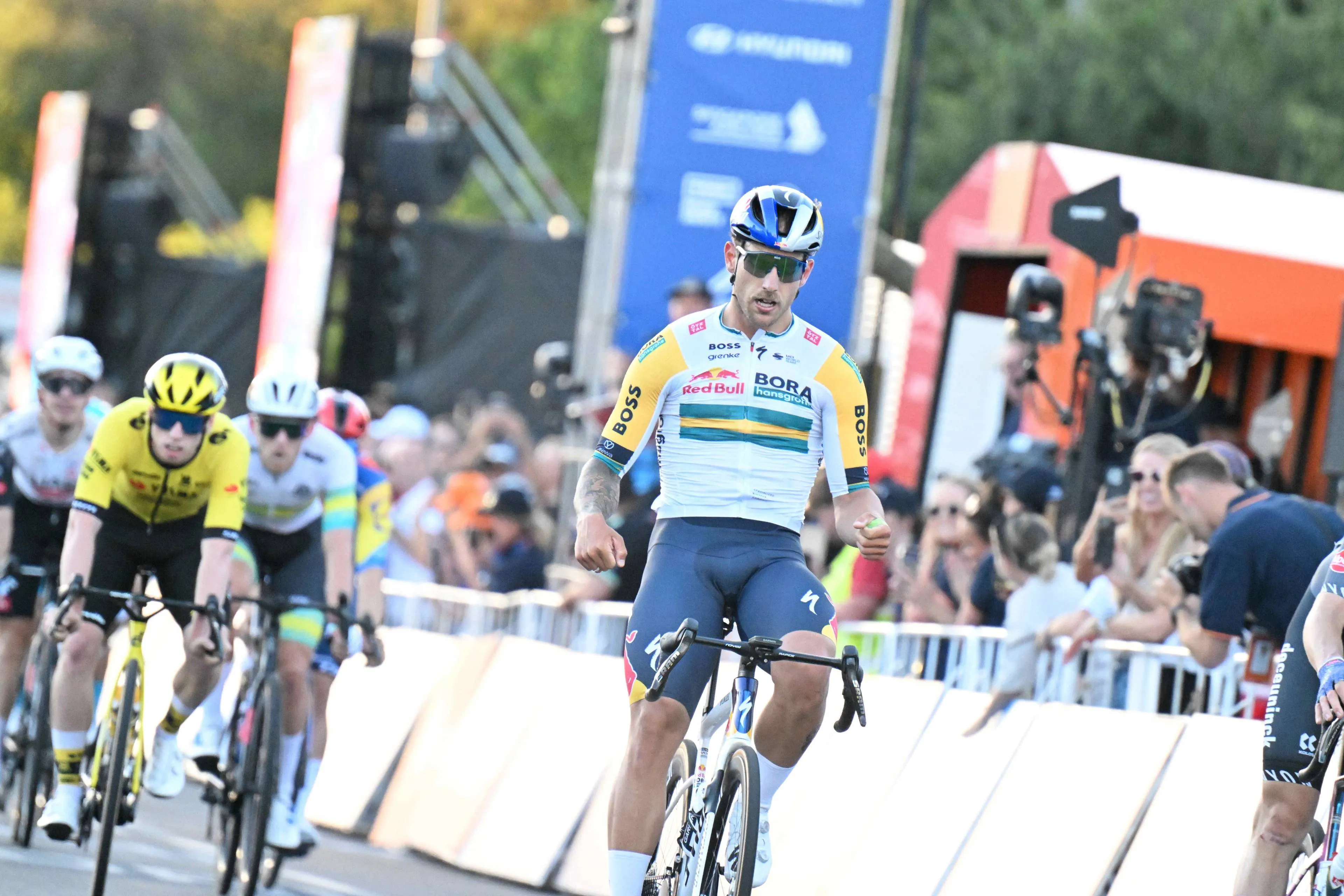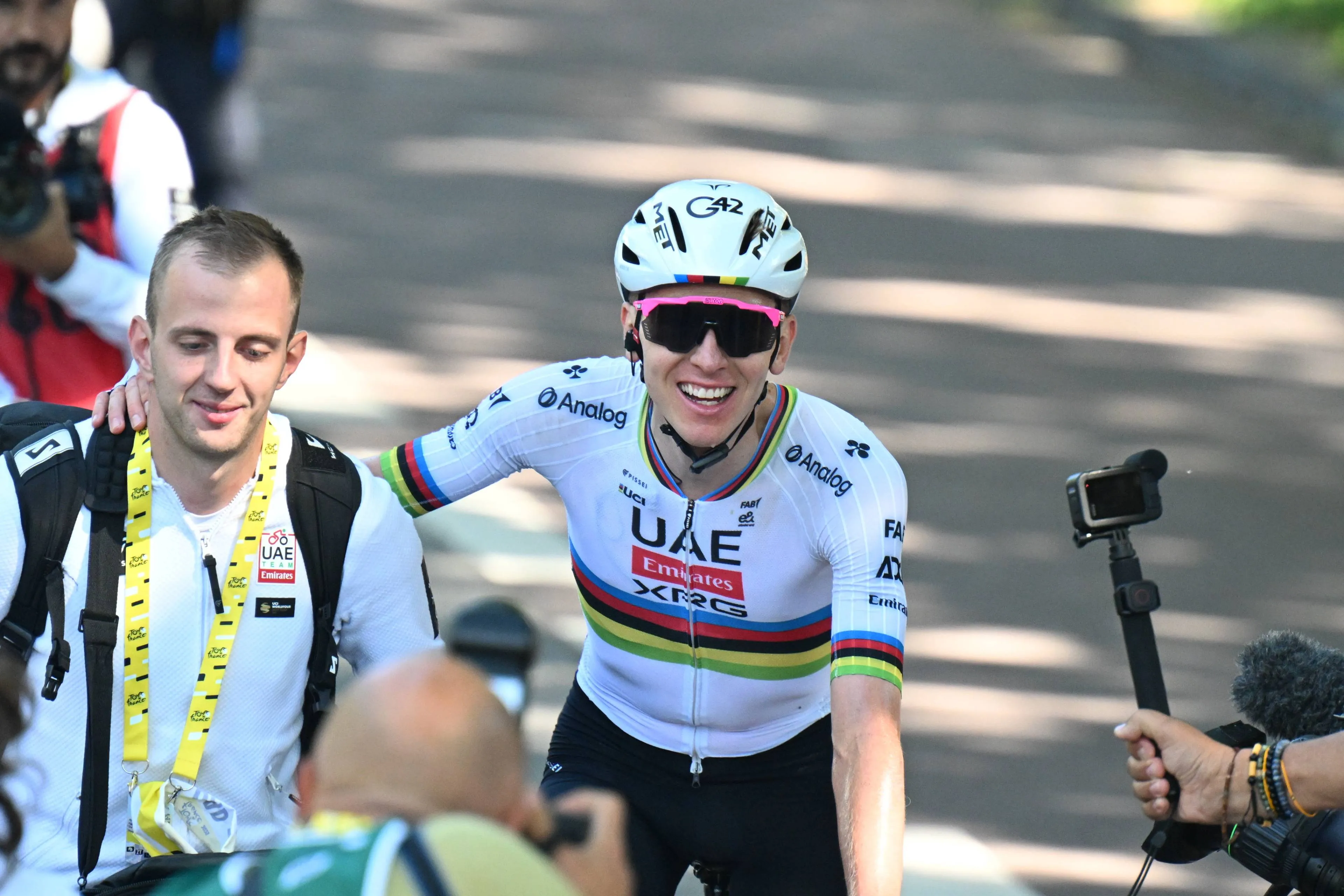Profiles & Route Tour de Suisse 2024 - 5 consecutive mountain stages, 2 time-trials and 0 sprint stages
CyclingThursday, 30 May 2024 at 11:30
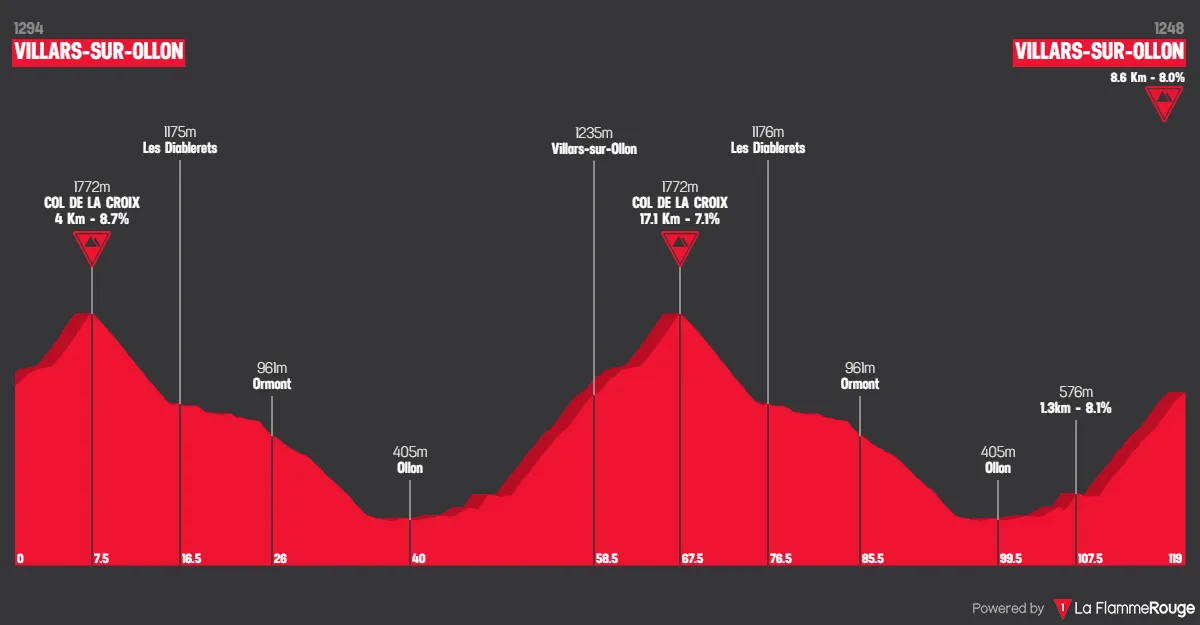
The Tour de Suisse holds a significant position among the year's stage races. As the last major test before the Tour de France, it attracts several stars of the Tour who compete across its eight-day duration. The race features challenging mountain stages, time trials, and opportunities for classics specialists. Scheduled from the 9th to the 16th of June, let's delve into its profiles.
There are eight days of racing and the truth is this year's edition is, without a doubt, one of the hardest ever and can certainly be the toughest non-Grand Tour race of the year. Eight stages include an opening prologue and final mountainous time-trial. There are two hilly days early in the week, before four consecutive mountain stages all featuring tough summit finishes - five if you include the time-trial.
Read also
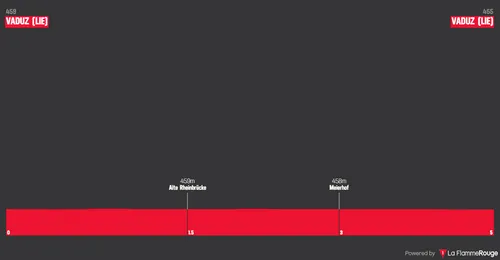
Prologue: Vaduz - Vaduz, 4.8 kilometers
The Swiss race this year begins in the micronation of Vaduz, where it recently ended as well. In Liechtenstein, we will see the first gaps of the race being created in what is a small 4.8-kilometer long prologue.
It is pan-flat and not a day to make serious differences. Instead, to make small gaps and attribute the first leader's jersey on a Sunday afternoon when the big crowds will be out. The Course has a square-shaped route, with only three 90-degree corners being the technical challenges.
Read also
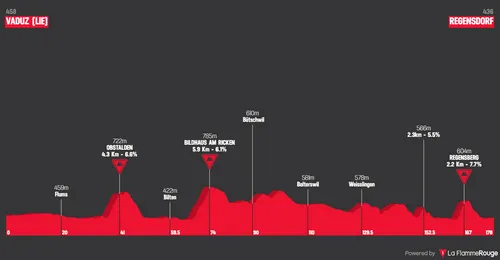
Stage 1: Vaduz - Regensdorf, 178.1 kilometers
The first road stage. I would dare to say this is the 'easiest' day of the race outside of the time-trials, but it is still a difficult one. This year the race organizers have completely shut off the door to the sprinters who are using other races to prepare the Tour de France, and are instead focusing on bringing in quality climbers and classics specialists. The latter will like this day, which consists of 178 kilometers into Regensdorf.
The day features two categorized climbs in it's first half and generally speaking, a rolling day with plenty small hills scattered all throughout the stage. But all eyes will be on the final climb and kilometers. Into Regensberg there could certainly be attacks, perhaps even the one that ends up deciding the stage. The climb is 2.2 kilometers long at 7.6%, hard enough for the GC riders to make a move, but 'gentle' enough that plenty puncheurs or classics riders, maybe even some sprinters can survive and then fight for the win in more favourable terrain.
The climb summits with 11 kilometers to go and then the peloton finds a few fast downhill kilometers. The final 5 kilometers give some chance of everything coming back together for a small peloton sprint, although these are technical. Positioning will also be key since there is a 90-degree corner right in the final few hundred meters of the stage.
Read also
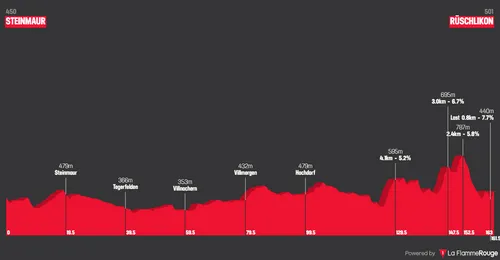
Stage 2: Steinmaur - Rüschlikon, 162.8 kilometers
An incredibly explosive day towards the end. This is a stage that resembles the Ardennes, and will certainly be very interesting for the spectators. In Steinmaur, the riders start a 162-kilometer day on the bike which is mostly flat in it's majority but then faces quite a few hills in the final 40 kilometers - none categorized. The first of which is 4.1 kilometers at 5.2% summiting with 32 kilometers to go, but it will be a mere warm-up.
A possible key point of the stage is the quick sequence of two medium-difficulty ascents that follow, already close to the finish. They are 3Km at 6.7% (14Km to go) and 2.4Km at 5.8% (9Km to go). Right after their summit comes a short and steep descent, not very technical, that leaves the riders with a mere 3 kilometers to go.
But the way into the finish line is not flat nor simple. There is a small hilltop that goes up to 8% that ends with around 2 kilometers to go. Then, after a sharp corner, the riders face the final hilltop into the finish which is only 800 meters long but averages 7.7%. An interesting finish, where a lot can happen.
Read also

Stage 3: Rüschlikon - San Gottardo, 170.6 kilometers
The first of five mountain stages, all of which with summit finishes. The race becomes very long from now on, specially for those who are not climbers. The first stage is actually not too difficult. The day sees a small ascent of 5 kilometers opening up the day, but most of it is a flat day in the valleys of Switzerland. But this will change late in the day, quite significantly.
The riders go up from less than 500 meters of altitude to 2091 at the summit of the Passo San Gottardo. This will not be the famous cobbled climb, but it's opposite vertent. Harder or easier? I would say neither, it depends on how the peloton races it. Officially the climb could be said to be only 10 kilometers long, but in reality the entire final 34 kilometers are largely uphill.
Up to the town of Andermatt the riders face a difficult 8 kilometers at over 8%, the first 20 kilometers of the climb gently raise, before a couple of flat kilometers that antecede the actual ascent to San Gottardo.
This is 10.2 kilometers at 6.3%. Not a brutal climb, but the altitude factor definitely makes it more difficult. In this section it is a rather constant climb without flat sections until the very last meters that lead to the finish line.
Read also
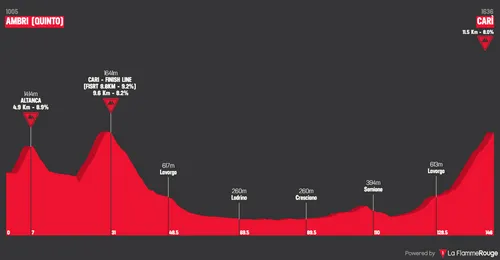
Stage 4: Ambri - Carì, 146.1 kilometers
146 kilometers on the menu but a crazy hard day, with an unusual profile. A 5-kilometer climb at 9% is featured right at the start of the day, where a very strong group can be formed. This is a steep ascent where there will certainly be a lot of riders struggling if the pace is hard. The riders will have to be on the rollers before the start of the stage, adding to a bit more fatigue. This climb is summited with just 7 kilometers of racing.
But shortly after is an even more difficult and steep one. The riders climb to Carì for the first time. The climb is 8.8 kilometers long at 9.2% and ends with only 31 kilometers of racing. Hence, it comes with 135 kilometers to go, so it should be too far to go on an all-out attack, but it can certainly do some damage.
The riders then descend what they will climb to end the stage. A very technical and difficult descent, which in bad weather can be disastrous for those who are not confident on the bike. But what follows are around 70 kilometers of flat roads within the valley, doing a small loop before returning to the bottom of the ascent.
There are some slight uphill gradients before the final climb, but the fireworks will all come when the riders begin to climb to Carí again - but through a different side. 21 hairpins, the exact amount as the Alpe d'Huez, and the climb's characteristics are very very similar. 11.6 kilometers at 8%, it's an ascent that will be very difficult and allows for attacks quite a bit. Massive differences can be created en route to the ski station.
Read also
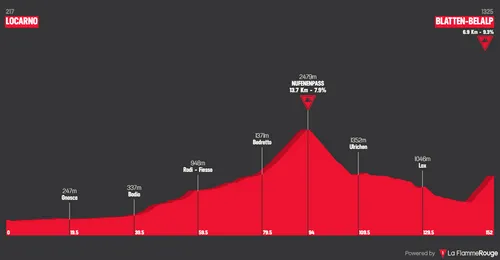
Stage 5: Locarno - Blatten, 152.1 kilometers
Stage 5 from Locarno to Blatten brings in difficult challenges. Long ascents, altitude and steep gradients are all present in this 152-kilometer long day. The start of the stage is very calm and flat actually, but that will change.
The ascent to the Nufenenpass is perhaps the biggest challenge of the day. The riders will slowly climb from 300 to 1300 meters of altitude from kilometers 41 to 79. But only then does the actual climb begin. It is 13.7 kilometers long at 7.9%, and it ends with 58 kilometers to go.
The climb in itself is very difficult, with it's steepest kilometers also close to the summit, but it's the altitude that really becomes a difficult challenge. The summit is up at 2479 meters of altitude. Few races in the calendar go up to such altitude, and the riders will spend several kilometers at above 2000 meters of altitude. And at this altitude the weather can also abruptly change.
A technical descent follows, and the way down to Brig is completely downhill and/or flat. But the final ascent, despite looking small in the overall profile of the stage, is brutal and can also see meaningful gaps.
6.9 kilometers at 9.3%. This is a climb that is consistent and consists with the summit finish. Not many switchbacks or corners, specially in the final 2 kilometers which average over 10% are not going to have any restbite spots. It's gruelling and the climb slowly gets harder and harder all the way to the finish.
Read also

Stage 6: Villars-sur-Ollon - Villars-sur-Ollon, 118.8 kilometers
The final road stage of the race and perhaps the hardest? It is only 118 kilometers long, definitely a short day, and the shortest of the week excluding the time-trial. But it still features 3000 meters of climbing. The stage starts in Villars-sur-Ollon, and yes you will hear this name plenty times. The riders climb the summit of the Col de la Croix right at the start of the stage, 4 kilometers at 8.7% which ends with only 7.5 kilometers of racing.
The riders descend into Aigle, and then climb Villars-sur-Ollon and then to the Col de la Croix again for a second time. In total, the climb is 17 kilometers at 7.1%. It summits with 51.5 kilometers to go. The riders then descend into Aigle for a second time; the first part of the descent is quite steep and relatively technical.
Then, after crossing Aigle again, the riders climb to Villars-sur-Ollon, this time to end the stage. The riders climb a bit right before the base, but in itself the ascent is 8.6 kilometers at 8%. It is a climb that is rather constant, with a few corners and switchbacks, proper for the finale of a difficult mountain stage.
Read also
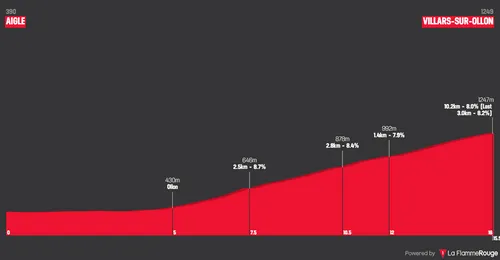
Stage 7 (ITT): Aigle - Villars-sur-Ollon, 15.6 kilometers
The race ends where the previous stage also ended. The exact same finish line for two days of racing actually, which is quite rare in professional cycling - even more so when this is on a climb. The stage starts off in Aigle, more specifically the headquarters of the UCI. The first 5 kilometers will be flat, and on the time-trial bikes, the riders will try to save as much as possible for the climb where the stage - and possibly the overall classification - will be decided.
The 15-kilometer long time-trial then features the climb to Villars-Sur-Ollon once again. It does not start in the same location as stage 6, but the ascent is still 10.2 kilometers long at 8%. A very difficult ascent capable of creating big differences, all the way to the line.
Read also
claps 1visitors 1
Just in
Popular news
Latest comments
- Yeah, it's basically a form of clickbait to make you click on the headline and spend a few seconds reading to find out who it is. That helps with the analytics that advertisers are looking for (i.e. how long readers are spending on the page).Pogboom16-12-2025
- The headline doesn't say anything... Right down the page tho, it says Sam Welsford 🙄 Like how fkg hards that... TO PUT IN THE HEADLINE 🙃
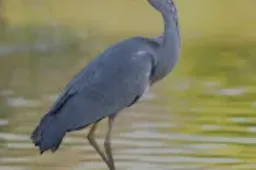 leedorney16-12-2025
leedorney16-12-2025 - We are talking here about 2025/2026 season. It is obvious that everybody gets old and at some point going to be slower.averagecyclist16-12-2025
- The only way to win against a stronger rider is by using tactics. You don't work with them, let them expend energy while you remain in the wheels.abstractengineer16-12-2025
- The only way to win against a stronger rider is by using tactics. You don't work with them, let them expend energy while you remain in the wheels.abstractengineer16-12-2025
- Why is golf "unwinding in style"? Its the sport of the rich and famousabstractengineer16-12-2025
- To do that he must be in the front group and not the chase group, sucking wheelsabstractengineer16-12-2025
- Time is on Nys’s side. Give it a few years. Even MvdP will slow down one day.mobk16-12-2025
- he’s not wrong. Nys took his best shot, and missed. MVDP is only going to get better Nys is a finished product.mij16-12-2025
- I think Mads is about there on talent vs all riders, except Tadej. but he has beaten MVDP in a world championship race and was the first to win it. I would not sell Mads short.mij16-12-2025
Loading
10 more days and race action of the 2024 Tour de Suisse starts in Vaduz🫶🚴Check out the first rider names on our website! . #tds2024 #tourdesuisse #tourdesuissewomen
10 Comments
